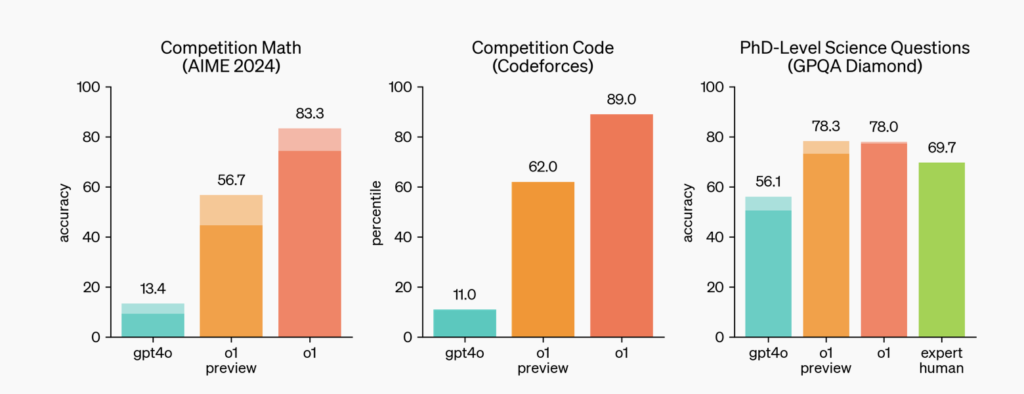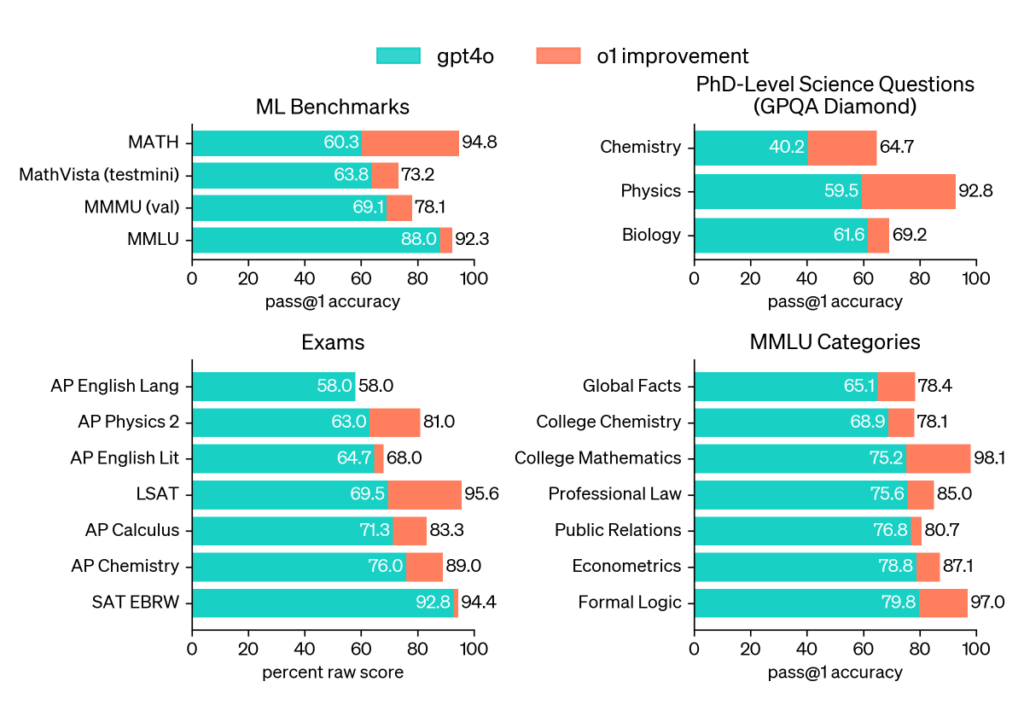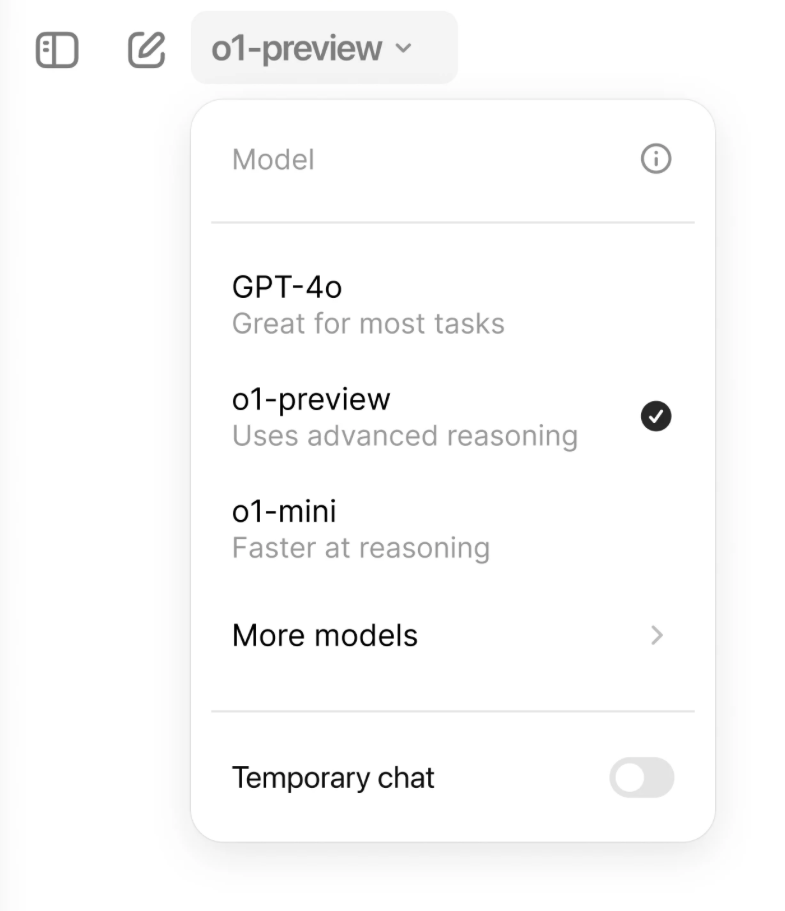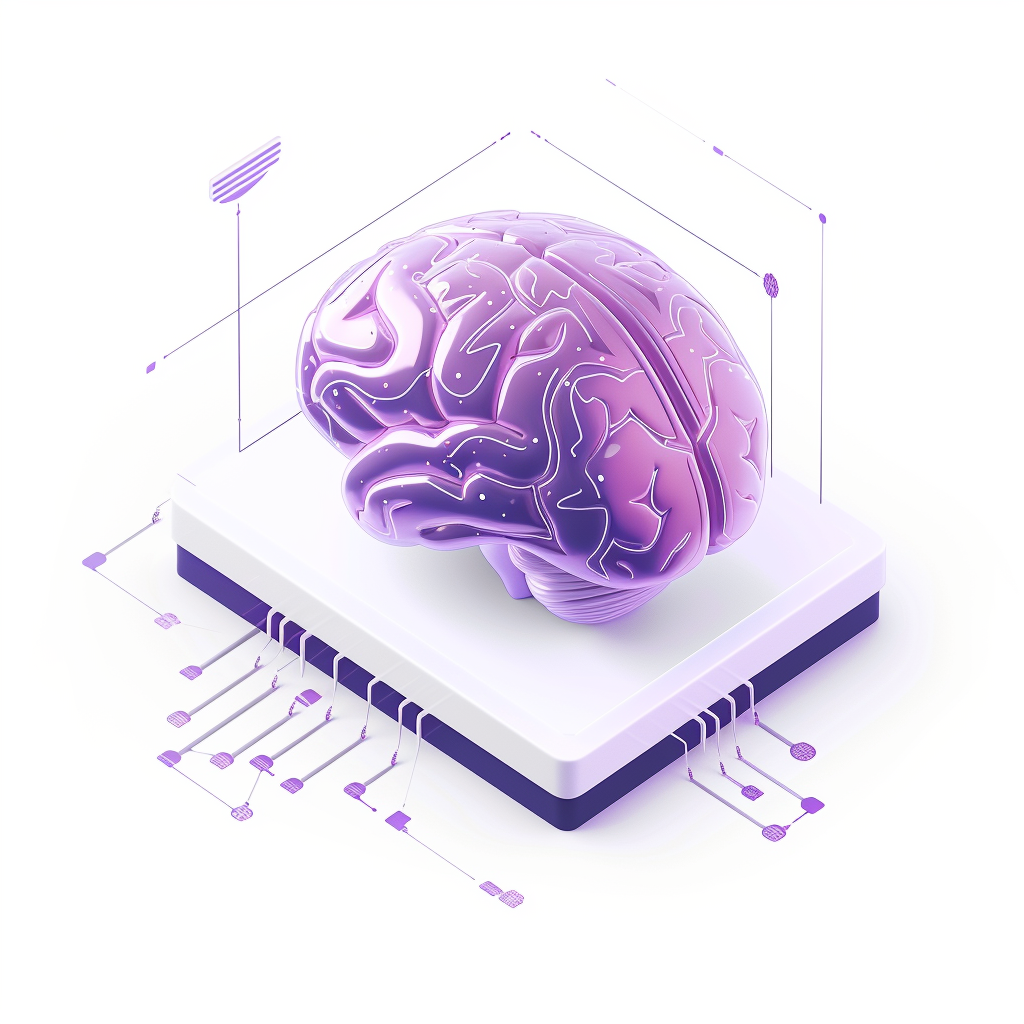OpenAI has just announced a new line of AI models designed for tackling complex reasoning tasks, making a significant leap from the current state of the art GPT-4o forward in the field of artificial intelligence. This new series, starting with the o1-preview model, promises to excel at tasks requiring deeper thinking, including complex problems in coding, science, and mathematics.
What is OpenAI o1?
OpenAI o1 is a preview and the first model in the o1 series, built for enhanced reasoning capabilities. This model is designed to think more carefully before responding, helping it tackle difficult problems across various domains like physics, chemistry, biology, and coding. In initial tests, it has performed at the level of PhD students on advanced tasks and outshined previous models in areas like coding competitions and math problem-solving.

In benchmark tests, o1-preview significantly outperformed previous models. For example, it ranked in the top 500 students in the U.S. in a qualifier for the USA Math Olympiad (AIME) and exceeded human PhD-level accuracy on physics, biology, and chemistry problems. It also excelled in competitive programming questions, placing in the 89th percentile on Codeforces.

Unprecedented Reasoning Skills
The core innovation of OpenAI’s o1 models lies in their advanced reasoning abilities, with chain-of-thought reasoningbeing the standout method. This approach allows the model to break down complex problems into smaller, manageable steps, just like how a human might think through a difficult question. Here’s a deeper look at the reasoning methods used by o1:
Chain-of-Thought Reasoning
One of the most significant advancements in o1 is its chain-of-thought reasoning. This method enables the model to follow a structured process to solve problems. Rather than rushing to a conclusion, the model works through problems step-by-step, reflecting on each step before moving forward. By thinking in this manner, the model can solve complicated tasks more accurately. For instance, when solving math problems or decoding ciphers, o1-preview methodically tests various strategies, refining its solutions based on intermediate results.
In the 2024 AIME math exam, o1-preview solved 74% of the problems using this method—an impressive leap from GPT-4o’s 12%. By leveraging a consensus-based method, where multiple solutions are considered, the model’s accuracy increased even further to 93%, ranking it among the top performers.
Reinforcement Learning for Strategic Thinking
Beyond chain-of-thought reasoning, the o1 models are also trained with large-scale reinforcement learning, which teaches the model how to improve its problem-solving strategies over time. This method helps the model recognize mistakes and refine its approach for similar tasks in the future. The reinforcement learning algorithm ensures that o1 learns not just from the data it’s given, but from the process of reasoning itself, making it more adept at solving harder problems in science, coding, and math.
Consensus-Based Method
In addition to chain-of-thought and reinforcement learning, o1-preview employs a consensus-based approach for particularly challenging problems. The model generates multiple potential answers and selects the best solution based on overall consistency and correctness. This approach is especially effective in competitive environments, such as math contests, where multiple solution paths can be tested and refined before arriving at the final, most accurate answer..
Safety Improvements
OpenAI has integrated new safety protocols into o1-preview, making it one of the most secure models to date. Thanks to its enhanced reasoning, the model can better follow safety guidelines, scoring 84 out of 100 on OpenAI’s hardest “jailbreaking” tests—far surpassing GPT-4o’s 22. This means o1-preview is better at resisting attempts to bypass its safety measures, such as those aimed at generating harmful or illegal content.
This safety improvement is part of OpenAI’s larger collaboration with U.S. and U.K. AI Safety Institutes, ensuring rigorous testing and adherence to ethical standards before public release.

OpenAI o1 Mini – Cheaper & Smaller Model
OpenAI has introduced o1-mini, a streamlined version of the o1 series designed specifically for coding and reasoning tasks. Unlike o1-preview, which has broader general knowledge, o1-mini focuses on delivering high performance in areas like debugging and code generation.
While o1-mini lacks the extensive world knowledge of its larger counterpart, it excels in efficiency. Its design prioritizes speed and precision, making it ideal for developers who need quick, reliable solutions for programming tasks.
With a focus on reasoning-heavy tasks, o1-mini is optimized for problem-solving in technical contexts. It offers a practical, targeted option for users who prioritize coding efficiency over broader AI capabilities.
Pricing
Based on OpenAI’s pricing, the OpenAI o1 models come with a significantly higher price tag compared to GPT-4o, a common practice with the release of new, more advanced models.
Similar to GPT-4’s initial pricing, o1-preview charges $15.00 per million input tokens and $60.00 per million output tokens, reflecting its cutting-edge reasoning capabilities. o1-mini is more affordable but still pricier than GPT-4o, costing $3.00 per million input tokens and $12.00 per million output tokens.
However, Plus and Team plan users can access these models as part of their subscription, with a rate limit of 30 questions per week for o1-preview. This tiered access allows users to explore the advanced reasoning power of o1 models without the full cost commitment upfront.

What’s Next?
OpenAI’s new o1-preview and o1-mini models represent a major leap forward in AI’s ability to reason through complex tasks. By taking more time to think before responding, these models can outperform previous AI versions in coding, science, math, and more.
This release is just the beginning for OpenAI’s o1 series, with future updates planned to further enhance the models’ capabilities. Key features like web browsing, file uploads, and image processing are expected to be added, making the models even more versatile. OpenAI is also working to increase the rate limits for both o1-preview and o1-mini, allowing users to perform more queries without restrictions.
Eventually, o1-mini will be made available to ChatGPT Free users, providing broader access to its efficient reasoning for coding, math, and science tasks. These developments are part of a broader strategy to introduce more specialized and powerful AI tools while maintaining accessibility across user tiers.








